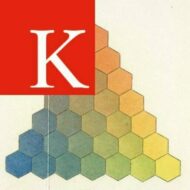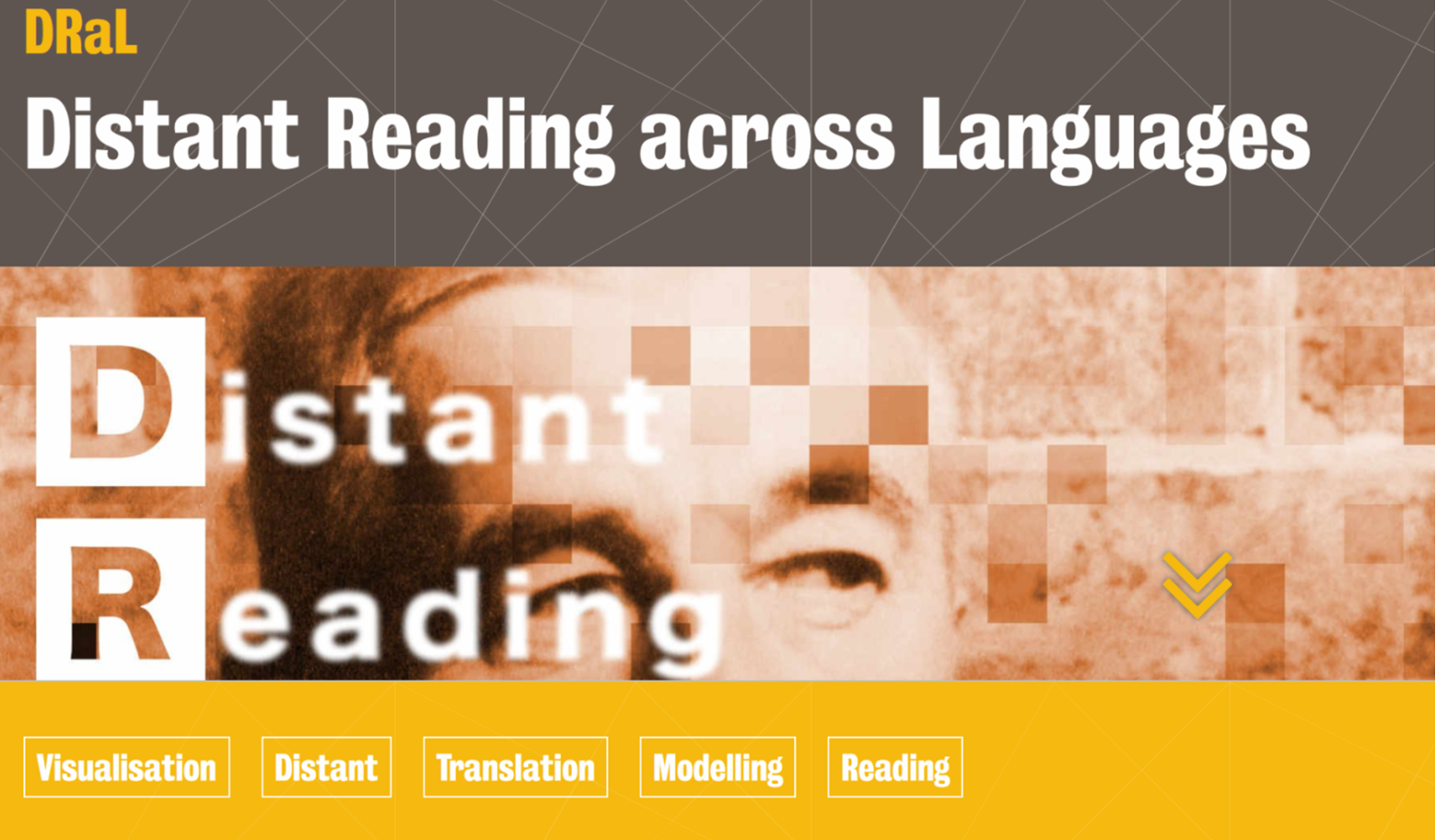Supported by the Department of Digital Humanities (DDH) at King’s College London, Distant Reading across Languages (DRaL) is a collaborative project between DDH and KDL with a interdisciplinary team, including experts from research software engineering, UI/UX design, computational linguistics, and literary studies. The objective of the project is to experiment with the methods of distant reading and Digital Humanities approaches to explore translatorial responses to formal word repetitions.
King’s lead researcher: Dr Gabriele Salciute Civiliene
Associated organization: King’s Digital Lab (KDL)
The project has evolved from the PhD thesis of project’s PI Gabriele Salciute Civiliene centred on the critical interrogation of reductive epistemologies and practices of translation theories dependent on text quantification and computation. The project vision challenges the widely accepted view that translators, taught and thought to be avoiding repetition out of aesthetic boredom, routinely implement this principle in their practice. Underpinning the project is the important premise that human decisions are more complex and fuzzier than that, grounded as they are in the real and imaginary topographies of our encounters with texts. In reality, a translator’s choices are forged at the confluence of multiple factors from within and outside the text, such as word frequencies, content, and distance between repetitions, as well as contextual pressures and personal anxieties. DRaL aims to demonstrate this complexity via data modelling, computational processing and visualization.
The project works towards an exploratory model for collecting, processing, and visualising data from across languages. It explores practices of cross-linguistic textual processing that supports distant, deep, and close reading. DRaL set out with three translations of William Faulkner’s The Sound and the Fury (1929) into Lithuanian, Russian, and Polish, all produced under challenging ideological circumstances, to discover the imprints of Soviet censorship, social commentary, cultural asymmetries, genetic interdependencies among translations, and the like. More data from alternative translations and other languages such as French and Spanish will be gradually added. Our long-term goals are to expand the current database by including more languages and to automate more extensively the workflow from collecting to analyzing data. The approach is to align Faulkner’s repetitions as strings of non-contiguous items with the corresponding choices that translators made to pull out data on how repetitions were omitted or replaced with lexical variation. Our exploratory visualization is focused on representing this data as spatio-temporal patterns of human response.

